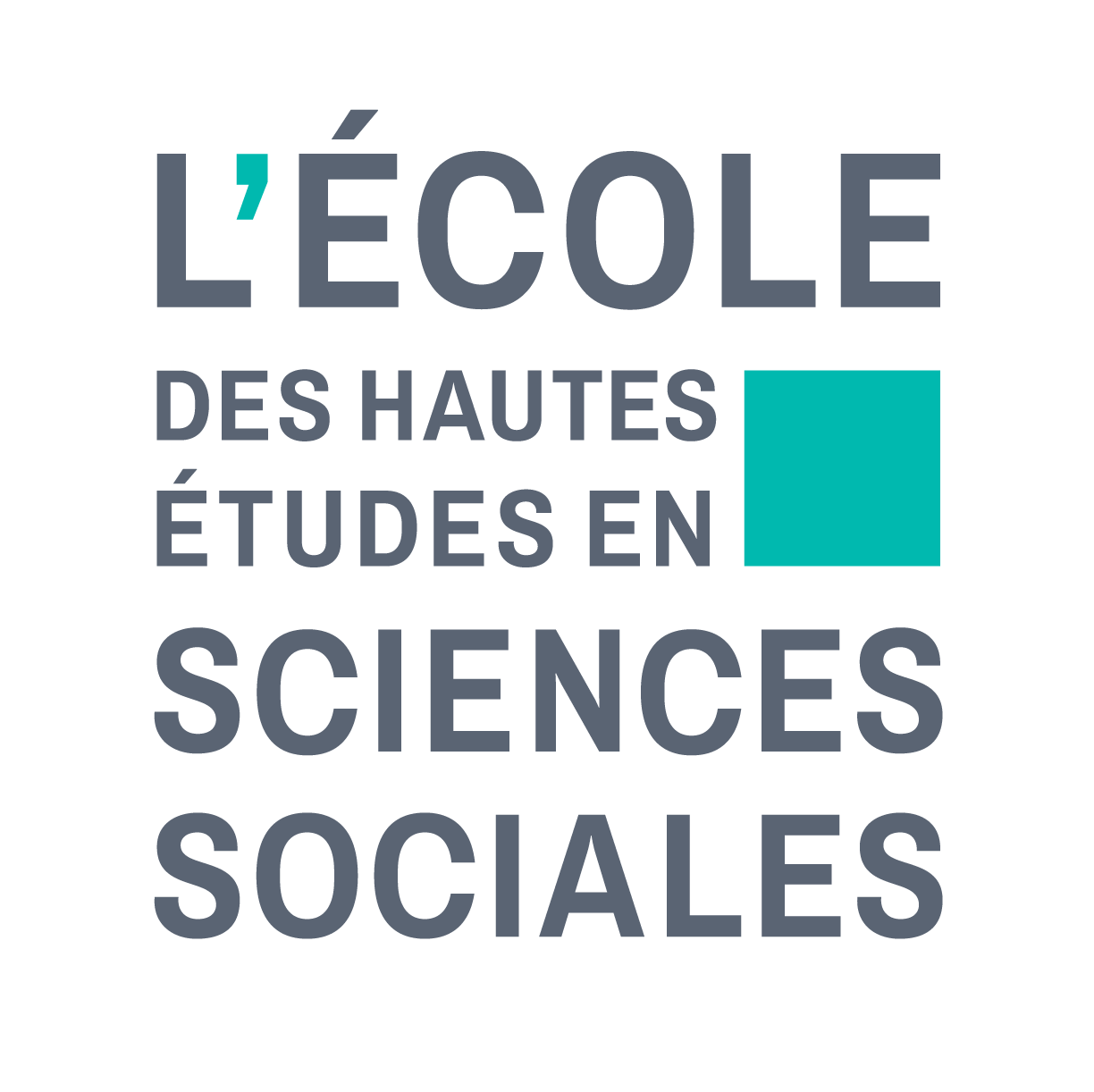Diffusion of Connectivity Technology and development of new business models: How Connectivity Technologies redefine the role of human within organization?
Résumé
Digitalization changes the industrial structure of all sector: the business models of existing companies are challenged. Since late 2000s, so-called Artificial Intelligence (AI), based on deep learning and machine learning techniques, has developed and the autonomous driving cars is gradually implemented in the society. The realization of autonomous driving are supported by Connectivity Technologies (CTs) and CTs facilitate
different innovations in urban spaces. The optimal mobility and transport management contributes to reduce environmental impacts and increase the welfare of citizens.
In this context, this research aims at understanding how the human role is redefined by the introduction of CTs and what are the impacts of these redefinitions on business model of organizations. These two questions are important since wider range of people in the society are expected to benefit from the autonomous (or automated) products and services regardless of his/her age nor job.
The author conducted an explorative field survey in Japanese cities (Tokyo, Maebashi and Fukuoka) so as to study most recent social implementations of CTs in mobility service sector. The five case studies are on 1) autonomous bus pilot project, 2) taxi dispatch online platform, 3) multimodal itinerary search platform, 4) on-demand bus service, and 5) tourism route recommendation system.
The empirical observations tell that there are, at least, four human role that remain after the introduction of CTs. The research also reveals that the significance of human role change does not necessarily correlate to the significance of business model change. Rather, the technological application that has less impact to the change in human role can result in changing the existing business model radically. The author points out that human resource management and organizational strategy should align with the potential changes in the value creation process since the CTs redefine the role of human. The author suggests a categorization of technologies taking human factor into consideration. The author claims that the access to the locally produced data can be a critical element to develop a competitive advantage and for that, local stakeholder management is a key along with the ecosystem-level business model.
Origine : Fichiers produits par l'(les) auteur(s)





